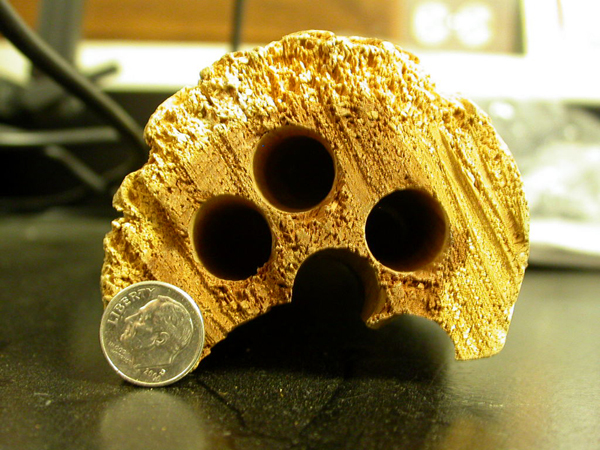What Are Carpenter Bees?
By Em Connell McCarty, eHow Contributor
The carpenter bee looks like a bumblebee, attacks like a wasp and bores like a termite, making it a less than popular insect. The carpenter bee is disliked for its dive-bombing behavior as well as its damage to homes and property. But the carpenter bee also has an important job in the ecosystem and is a relatively harmless insect to deal with. Does this Spark an idea?
Identification
A carpenter bee is up to an inch long and closely resembles a bumblebee. The thorax of the carpenter bee is covered in yellow, orange or white hairs, while the abdomen is a bare, shiny black. The female carpenter bee has a black head and a stinger. The male carpenter bee has no stinger and has white markings on his head. Carpenter bees have many dense hairs on their hind legs.
Significance
Though carpenter bees build their nests in wood structures, they do not eat wood. Like bumblebees and honey bees, carpenter bees feed off flowers, collecting pollen and nectar for their young. By doing so, the bee pollinates our flowers, trees and crops. The carpenter bee is often dismissed as a pest, but it is also an insect that helps with pollination.
Behavior
Carpenter bees are solitary insects that emerge in April or May. The female carpenter bee bores into soft wood, leaving a hole that is almost half an inch in diameter. She tunnels in for one inch, against the grain, before turning 90 degrees to tunnel with the grain. She usually will build between six and eight brood chambers in her nest. She mates in the spring before returning to her nest to provision each of her brood chambers with a ball of pollen and regurgitated nectar. She then lays an egg on this ball before sealing off the chamber. At this point, she dies. The larvae then hatch, feed and emerge as adults in late summer before returning to the nest to hibernate.
Misconceptions
The male carpenter bee is often found hovering around the eaves of buildings. Out of curiosity or territoriality, he often dives at people and scares them. The bee is especially attracted to fast movement and will fly closer as you try to wave him away or dart away from him. Despite his seemingly aggressive behavior, the male carpenter bee is incapable of stinging you. The female, which can sting, is more docile and usually spends her time collecting nectar or guarding her nest. She will usually only sting if she feels threatened.
Warning
The initial carpenter bee nest is usually not that damaging to wood structures. But female bees often try to avoid the work of building a new nest and will often return to an already excavated one to do some remodeling. Over time this can do some damage to wood structures. Additionally, carpenter bees go to the entrance of the nest to defecate and can stain outer walls a yellow color. If the carpenter bees do not damage the wood, the woodpeckers might when they come to feed on the noisy larvae. Painting exposed woods can prevent a carpenter bee infestation. Oil-based paints are more resistant to bees than water-based paints. Watch for nest building in the spring. You can seal up the entrance if you find a nest in progress. The female will not tunnel out but will die in the nest.

